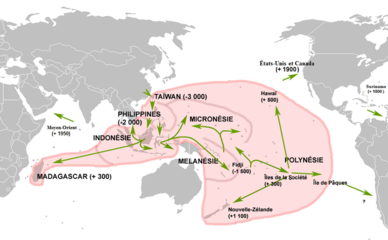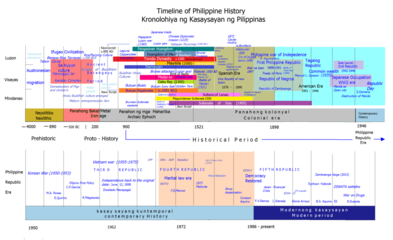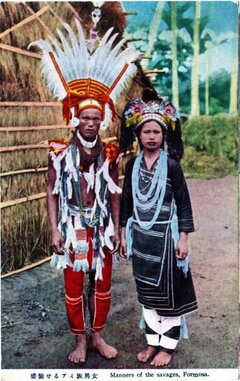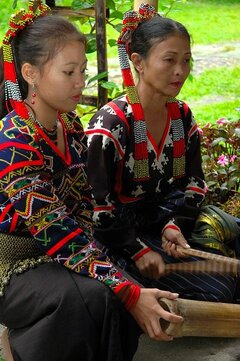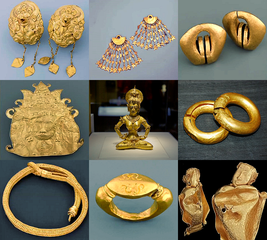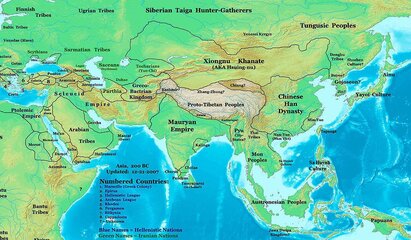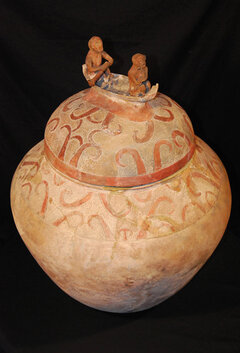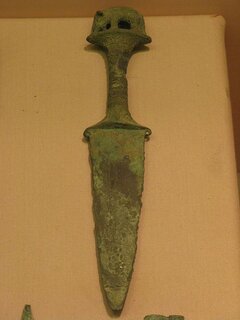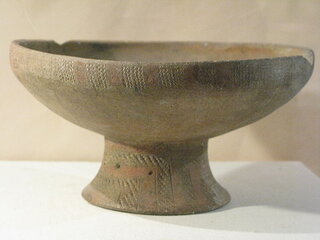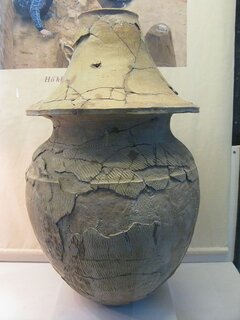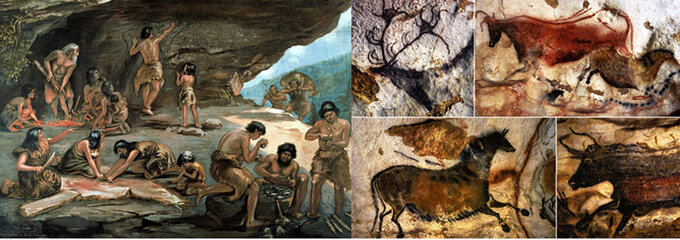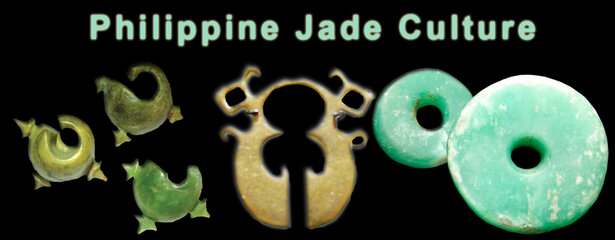- Messages
- 2,145
- Reaction score
- 5
- Points
- 28
Okay. So I originally just wanted to feature the Glimpses of the Old Lady of the Pacific video.
Almost forgot this thread just now, and I realize I could try to expand it to include cultural snapshots of other regions of the whole archipelago from way back. I don't want to harbor overly ambitious direction for this thread, but I do hope to include cultural gems of the nation that we could pass on to the younger generations and make them show more love and appreciation for their homeland.
If you care about what I'm rambling about, you might want to add resources (lalo na yung mga regional lang) you know to enrich this thread. This is not just mine, it's for all those country-loving citizens out there. Mabuhay ka inang bayan. Yan ha.
NOTE: In the course of doing this thread, I would be using materials from many resources that are not mine, unless specifically indicated. Hence, I hope if you like what you saw and you have the time, take time to thank the original sources. I did.
Almost forgot this thread just now, and I realize I could try to expand it to include cultural snapshots of other regions of the whole archipelago from way back. I don't want to harbor overly ambitious direction for this thread, but I do hope to include cultural gems of the nation that we could pass on to the younger generations and make them show more love and appreciation for their homeland.
If you care about what I'm rambling about, you might want to add resources (lalo na yung mga regional lang) you know to enrich this thread. This is not just mine, it's for all those country-loving citizens out there. Mabuhay ka inang bayan. Yan ha.

NOTE: In the course of doing this thread, I would be using materials from many resources that are not mine, unless specifically indicated. Hence, I hope if you like what you saw and you have the time, take time to thank the original sources. I did.
Manila: Glimpses of the Old Lady of the Pacific
This is a snapshot of Manila before the last world war. Let's travel back in time!
This is a snapshot of Manila before the last world war. Let's travel back in time!
Last edited:


